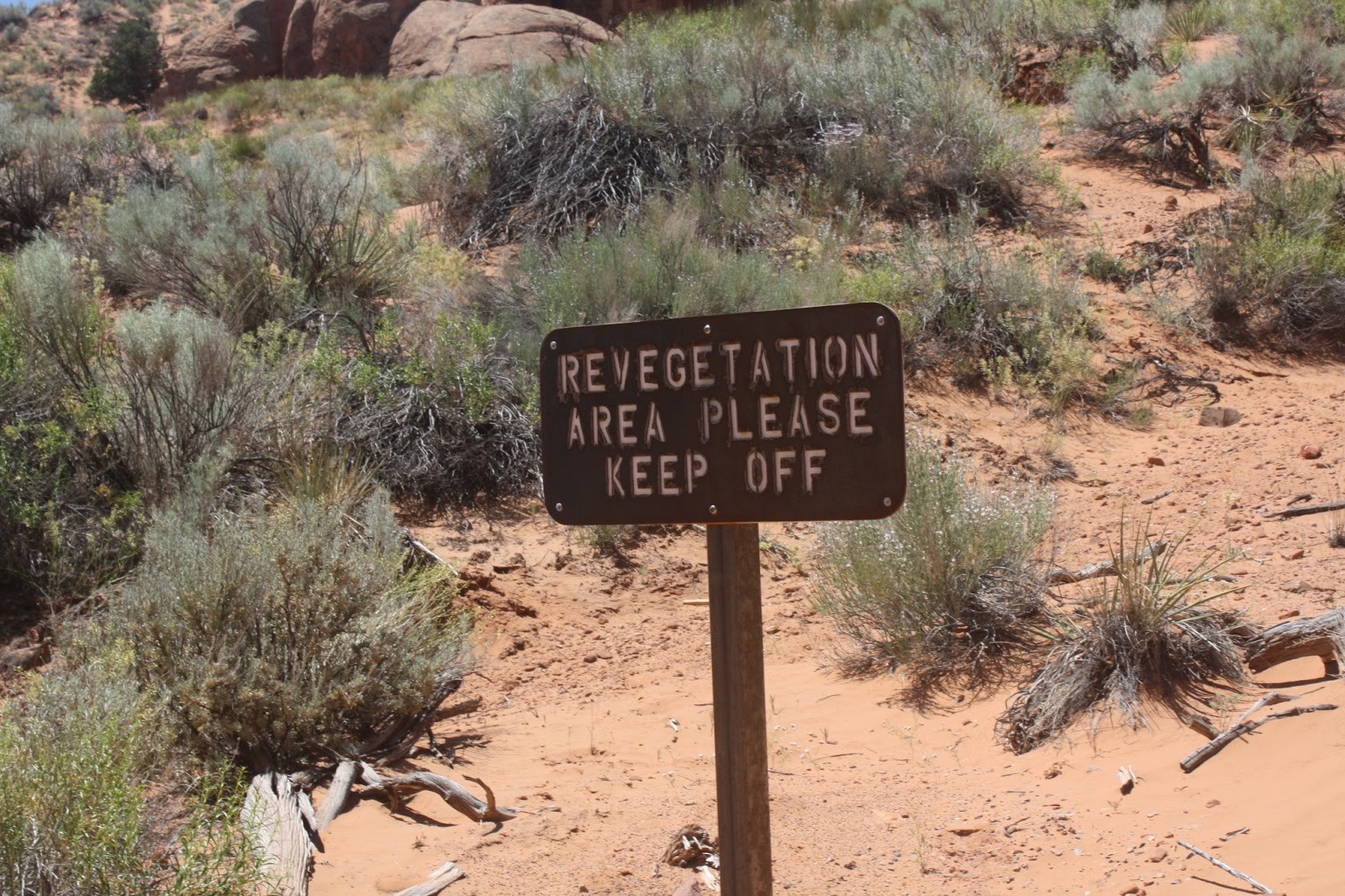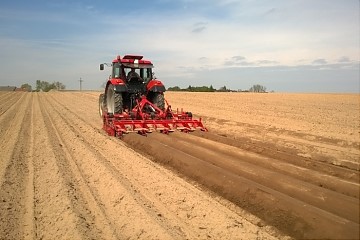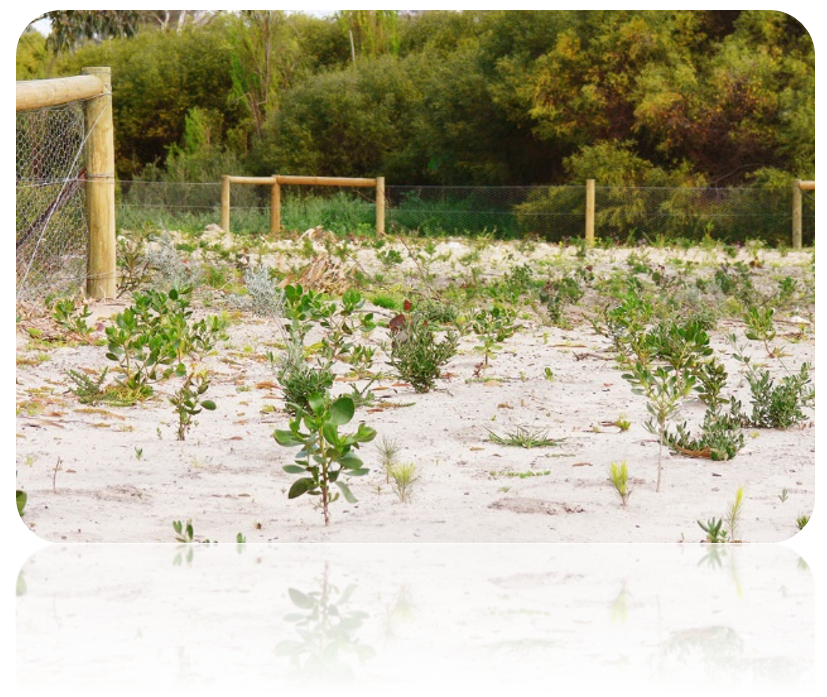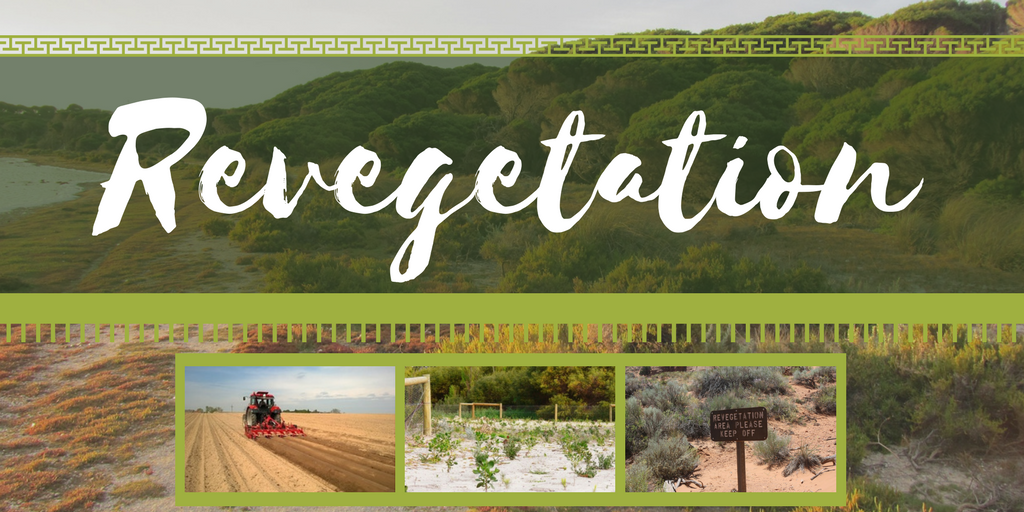Download PDF: ISPL Insight – Rehabilitation Revegetation
What is Revegetation?
Revegetation is the process of replanting vegetation and rebuilding the soil of disturbed land for the principal purpose to rehabilitate or protect degraded land. This usually means a cover of local native plants and involves regeneration, direct seeding, and/or planting methods. Clearing of native vegetation for agriculture, mining, forestry and human settlement is widespread. In many regions, it has been accompanied by widespread land degradation and substantial declines in biodiversity. Revegetation can also be undertaken to mitigate the impact of natural occurrences such as flooding and drought.

Purpose of revegetation
The purpose of revegetation varies with areas to be rehabilitated, and may include:
- Rehabilitating or protecting degraded land
- Restoration of flora and fauna
- Enhancing biodiversity
- Building wildlife movement corridors and connecting isolated patches of bushland
- Provide shade and shelter for livestock and crops,
- Reduce land and water degradation
- Reduce erosion and protect water quality
- Minimising saline groundwater rise or reduce waterlogging of soils.
Please note this is by no means an exhaustive list.
What is involved in revegetation?
 Revegetation involves ground preparation, for example by controlling weeds, ripping of the soil surface and it requires respreading topsoil to assist regeneration to occur naturally. Where seeding and/or planting is necessary, the area may be seeded by hand or mechanically or plant with seedling grown in pots or tubestock. placed in the soil by hand or machine. In some areas fertiliser application may be necessary to assist with plant growth.
Revegetation involves ground preparation, for example by controlling weeds, ripping of the soil surface and it requires respreading topsoil to assist regeneration to occur naturally. Where seeding and/or planting is necessary, the area may be seeded by hand or mechanically or plant with seedling grown in pots or tubestock. placed in the soil by hand or machine. In some areas fertiliser application may be necessary to assist with plant growth.
Effective revegetation practices help to accelerate the natural processes that occur following the clearing of vegetated areas and soil disturbance.
Planning for successful revegetation
The importance of planning for revegetation cannot be overstated. For example, when planning your rehabilitation program, it is critical to understand the purpose of the program and what success criteria may have already been set. If this is not taken into consideration you may have good rehabilitation, but you have not delivered the outcome expected.
The most common requirements to take into account for a successful revegetation program include:
- Age of topsoil – will it contain a natural seed bank
- Matching species with soil type and landscape position
- Optimal earthworks and seeding methology
- Quality and quantity of seeds and/or seedlings
- Requirements for pre-treatment of seeds
- Optimal soil moisture times
- Seedbed preparations and
- Pest, weed and disease controls
The use of local native species (also referred to as provenance specific species) is particularly important and desirable when formulating a revegetation program. Returning local native species provide essential food for local insects and other small creatures, and in turn support many local birds and other animals. The term local or prevenance refers to those species that occur naturally in a particular area. Local native plants are already adapted to the local climate and soil type, and as a consequence no or minimal soil amelioration is necessary, they are adapted to the local rainfall condition and fertiliser requirements are lower or unnecessary.
It’s important to note that even the most reliable rehabilitation technique and approach are known to fail if poorly planned and poorly implemented. So when planning your next rehabilitation program, make sure you stop, think about what you are doing and double check that you have considerate or factored in the items listed above.
If you or your organisation are planning a revegetation program and would like to discuss potential improvements or just need a hand please give Integrate Sustainability a call (08) 9468 0338 or email enquiries@integratesustainability.com.au.


